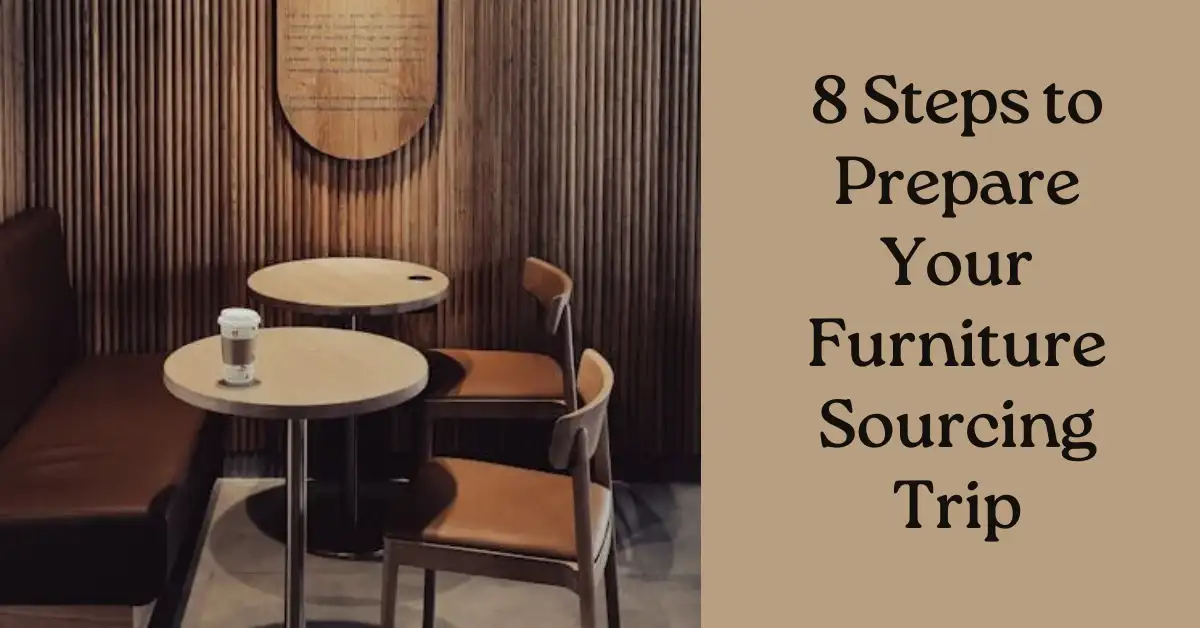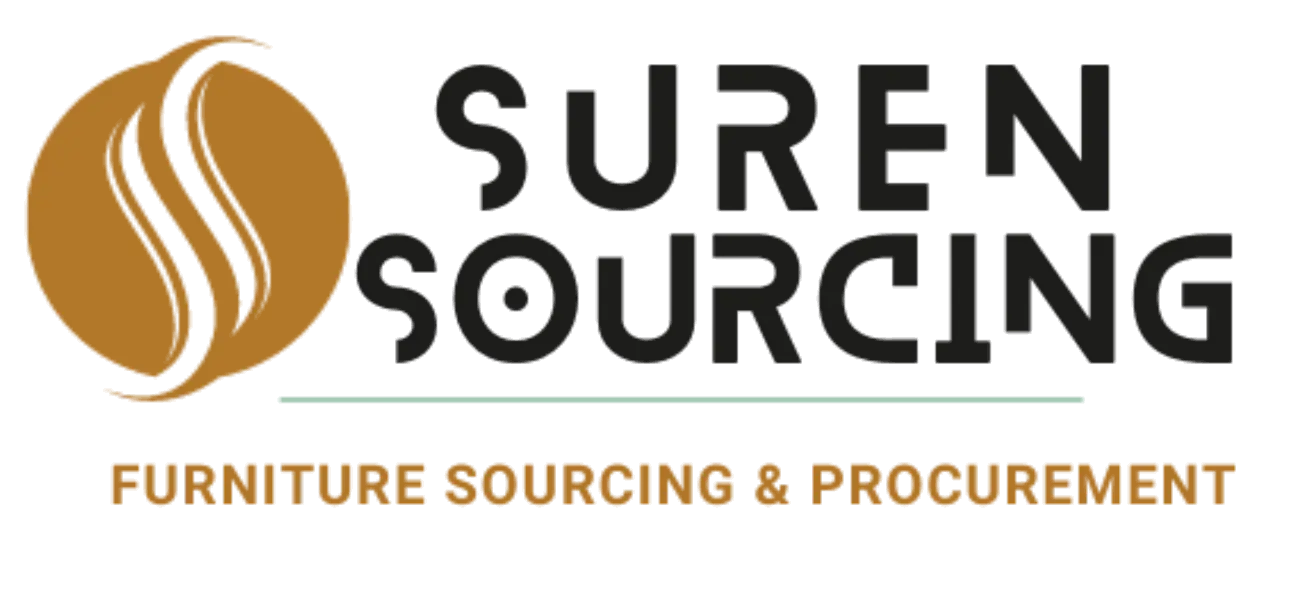8 Steps to Prepare Your Furniture Sourcing Trip

8 Steps to Prepare Your Furniture Sourcing Trip
Furniture sourcing trips can be quite exhilarating, enlightening, and certainly lucrative. Be you an old hand or an amateur interior designer, a retail wannabe, or simply living for interior decor, sourcing furniture straight from manufacturers or suppliers means you are accessing designs found nowhere, getting better deals, and gaining insight into the craftsmanship behind those pieces you buy.
Most people will capitalize correct preparation and make their sourcing trips smooth, effective, and really fruitful. Here are eight steps that can make your travels worthwhile and fill up your luggage with high-quality finds, strong supplier relationships, and no regrets.
1. Set Your Definite Sourcing Goals
Are you looking to source items for a new retail collection, to collect for a specific client, or to look for custom pieces? Knowing what you want really helps in directing your trip and away from being side-tracked by alternatives that do not lead to your goal.
This is the moment to determine what kind of furniture you will be sourcing-whether reclaimed wood dining tables, mid-century modern seating, minimalist shelving, or bohemian-inspired décor. Having a clear vision will not just save you time and effort on the ground; it opens up communication with suppliers as well.
2. Select the Right Sourcing Destination
Each furniture hub has its own year of making, specialization, different style, material, or mastery. Jaipur and Jodhpur in India are famous for antique and wooden furniture. Meanwhile, rattan, bamboo, and tropical hardwood furniture are mostly found in Vietnam and Indonesia.
China is a real giant when it comes to mass production with endless factory options. When selecting your destination, consider local craftsmanship, accessibility to raw materials, shipping routes, and language barrier-in case it exists.
3. Research and Shortlist Suppliers Beforehand
Identify the reputable suppliers, manufacturers, or trade market you wanted to visit before your trip. Many vendors have online catalogs or websites, and reach out via email or WhatsApp. Making a tentative appointment schedule will give your trip structure and ensure you are spending time with vetted suppliers.
4. Plan Your Itinerary and Logistics
Supplier checklist done, now get your detailed travel itinerary ready. Factor in distances between showrooms, markets, and factories-some may be several hours apart. Budget time at each stop for evaluating products, price negotiations, and order discussions.
Hiring local drivers or guides who understand the language and know the area. Arrange accommodation as close to sourcing areas which minimizes travel fatigue.
5. Know Your Budget and Cost Structure
There can also be traveling costs, accommodation, shipping, customs duties, insurance, agent or translator fees, and maybe even storage or consolidation charges. It is necessary to budget ahead-not just to be specific for what you’re purchasing but for the whole trip.
The budget does not mean that you will not be able to exercise flexibility. Instead it gives you a safety boundary to remain within. Be prepared to negotiate-prices quoted not usually include packaging, taxes, or delivery fees.
6. Prepare Necessary Documentation
Documentation works smoothly so that journey proceeds substantially and your purchases cross borders into customs without delay. Traveling with several copies of your business card, passport, supplier list, and any import/export licenses makes good sense. Also, smart backup would be keeping a digital folder on your phone or tablet with the crucial documents.
If you’re placing orders during the trip, you may need proforma invoices, product specifications, contracts, and order confirmation letters. Having agreements and NDAs ready can be useful, especially if you’re exploring original designs or proprietary concepts.
7. Plan Thoughtfully and Carry the Essentials
Any beachside getaway that offers comfort, lightweight attire (weighting on climate), and a daypack that can withstand the test of time are a must.
Your phone will be the most useful tool. It will help with product photos, notes, QR code scanning, and contacting suppliers. Apps like Google Translate, Evernote, or sourcing management types can facilitate logging of products or prices
8. Quality and Ethics
It is so easy to get swept away with tempting designs and bargains. But as the ethical buyer you must always prioritize ethics and quality. Examine the items for workmanship, materials, and finishing. Questions on sourcing practices, working conditions, and sustainability certifications should be spared.
Ethical sourcing helps create a brand with long-term loyalty and trust. Go for suppliers with a transparent sourcing system, one willing to establish environmental accreditation, and one that welcomes feedback.
Conclusion
A furniture sourcing trip is an educational experience. They provide information about trends just as they are about to hit the market, build relationships to bargain for exclusive deals, and offer.
When back, take time to debrief: review images taken, finalize orders, maintain relations with suppliers that fit the bill, and take notes on what worked and what didn’t to boost your next sourcing trip. In the end, solid sourcing is part strategy, gut feeling, and a huge amount of preparation.
READ MORE :: Procurement vs Logistics: Understanding Key Differences

